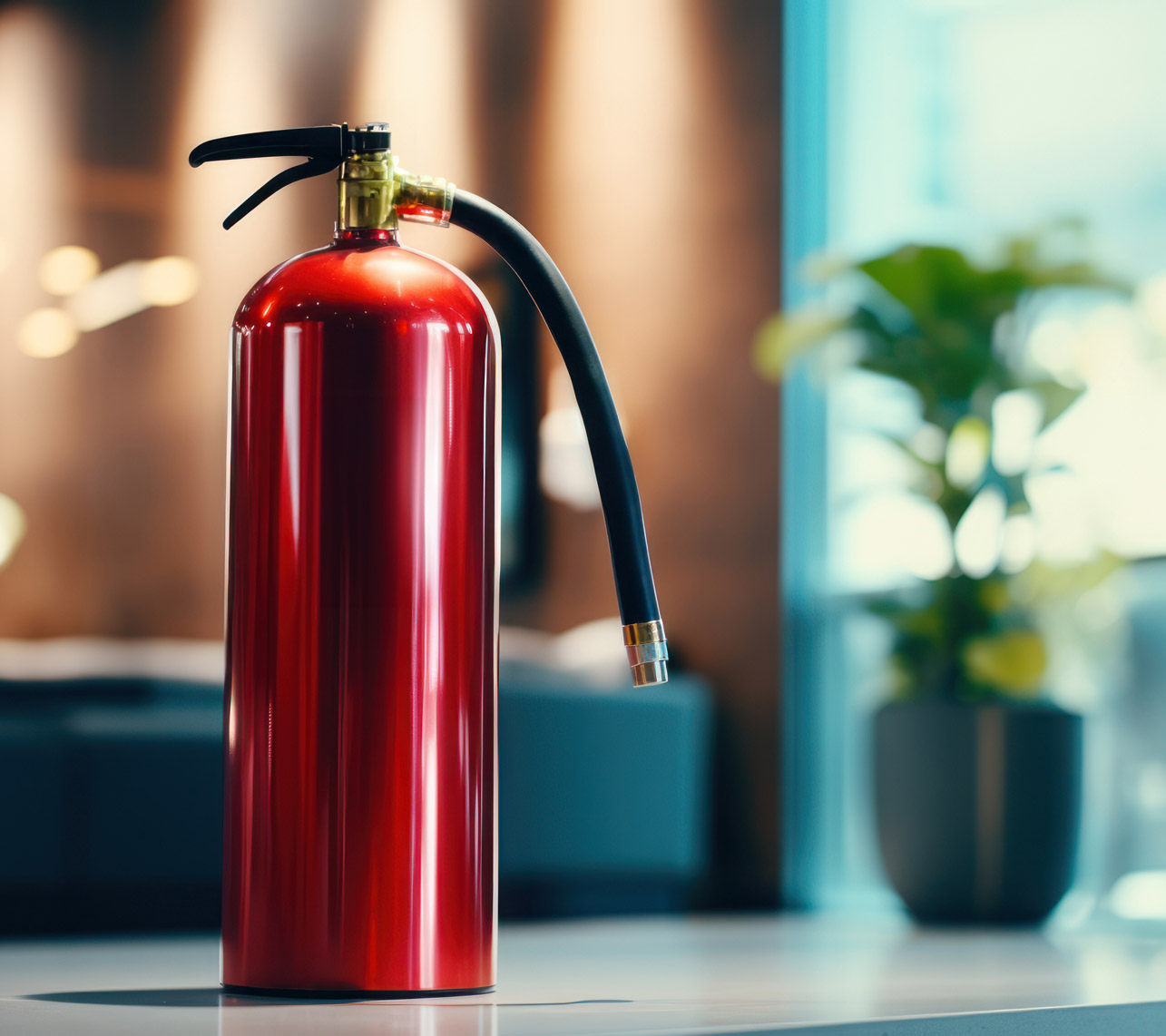
Workplace emergencies can strike at any moment, making comprehensive emergency procedures an essential component of workplace safety. At Pre-EMPT, we understand that being prepared for unexpected situations is crucial for protecting your employees, assets, and business continuity. Our expert-led courses empower your team with the knowledge and skills needed to respond effectively to various emergencies, ensuring a safer work environment for all.
Common emergency procedures in the workplace
Being prepared for emergencies is crucial for every organisation. Understanding and implementing effective emergency procedures can mean the difference between chaos and a coordinated response when disaster strikes. Here are four essential emergency procedures that every workplace should be familiar with and prepared to execute.
Fire emergency response
In the event of a fire, immediately activate the nearest fire alarm and alert colleagues. Follow your workplace’s evacuation plan, using designated escape routes to reach the assembly point. If trained, use appropriate fire extinguishers on small fires. Never use lifts during a fire emergency. Once outside, perform a headcount and wait for further instructions from emergency services. Regular fire drills and clear signage are essential for maintaining readiness.
Medical emergency management
When facing a medical emergency, assess the situation and call for professional medical help immediately. If trained, provide first aid or CPR as necessary. Keep the affected person comfortable and monitor their condition until help arrives. Ensure easy access to well-stocked first aid kits and maintain a list of staff trained in first aid. Regular training in basic life support can make a crucial difference in medical emergencies and, in some situations, safe lives.
Bomb threat protocol
If you receive a bomb threat, remain calm and gather as much information as possible from the caller. Alert authorities and management immediately. Follow what you have learned during emergency evacuation exercises. Do not touch suspicious objects. Assemble at designated meeting points and await further instructions. Regular training in bomb threat response and maintaining up-to-date contact lists for authorities are essential for the management of these situations.
Bushfire emergency response
In bushfire-prone areas, stay vigilant during high-risk seasons. Monitor official warnings and act early if evacuation is recommended. If sheltering in place, close all windows and doors, block gaps with wet towels and fill containers with water. Turn off gas mains and move flammable items away from windows. If you have a designated bushfire shelter, know its location and capacity. Maintain a bushfire survival kit with items like protective clothing, water, and more.
Earthquake safety measures
During an earthquake, drop to the ground, take cover under a sturdy desk or table, and hold on until the shaking stops. Stay away from windows, bookcases, and heavy objects that could fall. If outdoors, move away from power lines and make your way to an open area. After the quake, be prepared for aftershocks and follow the evacuation procedures you’ve implemented, if necessary. Conduct regular earthquake drills and secure heavy furniture and equipment to minimise risks.
Chemical spill containment
If a chemical spill occurs, immediately alert colleagues and evacuate the area. Activate emergency response procedures and contact hazardous materials experts. If safe and trained to do so, contain the spill using appropriate personal protective equipment (PPE) and spill kits. Ventilate the area if possible and prevent the spill from entering drains or water sources. Maintain an up-to-date chemical inventory and safety data sheets for quick reference during emergencies.
Why choose Pre-EMPT for better emergency procedures in the workplace
Pre-EMPT’s team of expert trainers brings real-world emergency response experience to every session, ensuring practical, relevant training that empowers your staff to act confidently in crises. We use state-of-the-art technology and hands-on exercises to provide an immersive learning experience.
Choose Pre-Empt for peace of mind, knowing your team is prepared for any emergency.
FAQs

How often should we conduct emergency drills?
It’s recommended to conduct emergency drills at least twice a year. However, the frequency may vary depending on your industry and specific workplace risks. Regular drills help reinforce emergency procedures and identify areas for improvement in your emergency response plans.
What items should be included in an emergency kit for the workplace?
A comprehensive workplace emergency kit should include first aid supplies, torches with extra batteries, a battery-powered or hand-crank radio, bottled water, non-perishable food, a whistle to signal for help, and emergency contact information. Consider adding items specific to your workplace’s potential emergencies.
How can we ensure our emergency procedures in the workplace are inclusive for employees with disabilities?
Develop personalised emergency plans for employees with disabilities, addressing their specific needs during evacuations or shelter-in-place scenarios. Include buddy systems, ensure accessible emergency equipment, and regularly review and update these plans with the employees involved.


